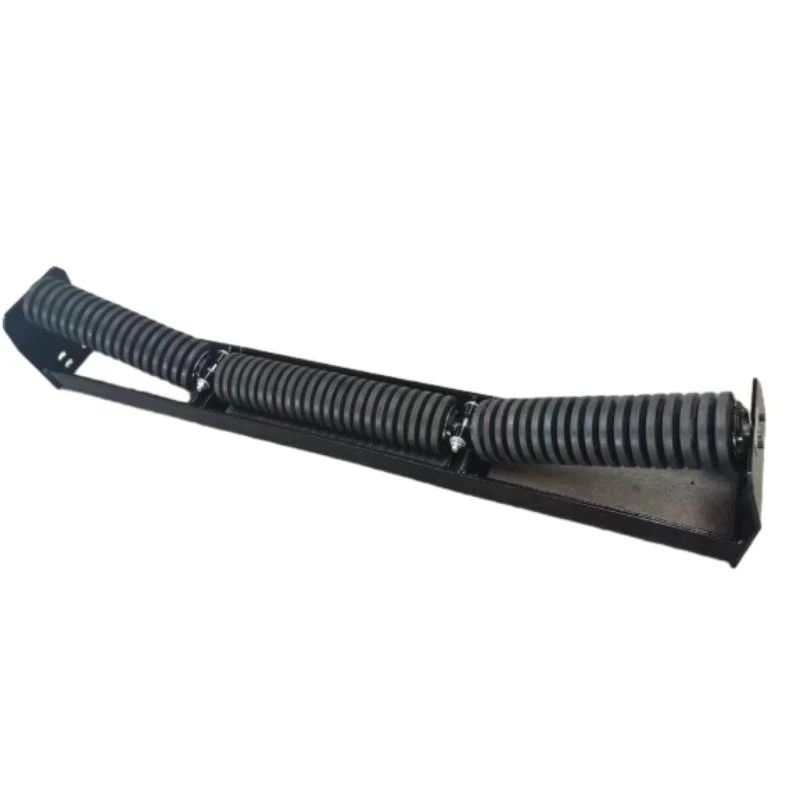 Afrikaans
Afrikaans  Albanian
Albanian  Amharic
Amharic  Arabic
Arabic  Armenian
Armenian  Azerbaijani
Azerbaijani  Basque
Basque  Belarusian
Belarusian  Bengali
Bengali  Bosnian
Bosnian  Bulgarian
Bulgarian  Catalan
Catalan  Cebuano
Cebuano  Corsican
Corsican  Croatian
Croatian  Czech
Czech  Danish
Danish  Dutch
Dutch  English
English  Esperanto
Esperanto  Estonian
Estonian  Finnish
Finnish  French
French  Frisian
Frisian  Galician
Galician  Georgian
Georgian  German
German  Greek
Greek  Gujarati
Gujarati  Haitian Creole
Haitian Creole  hausa
hausa  hawaiian
hawaiian  Hebrew
Hebrew  Hindi
Hindi  Miao
Miao  Hungarian
Hungarian  Icelandic
Icelandic  igbo
igbo  Indonesian
Indonesian  irish
irish  Italian
Italian  Japanese
Japanese  Javanese
Javanese  Kannada
Kannada  kazakh
kazakh  Khmer
Khmer  Rwandese
Rwandese  Korean
Korean  Kurdish
Kurdish  Kyrgyz
Kyrgyz  Lao
Lao  Latin
Latin  Latvian
Latvian  Lithuanian
Lithuanian  Luxembourgish
Luxembourgish  Macedonian
Macedonian  Malgashi
Malgashi  Malay
Malay  Malayalam
Malayalam  Maltese
Maltese  Maori
Maori  Marathi
Marathi  Mongolian
Mongolian  Myanmar
Myanmar  Nepali
Nepali  Norwegian
Norwegian  Norwegian
Norwegian  Occitan
Occitan  Pashto
Pashto  Persian
Persian  Polish
Polish  Portuguese
Portuguese  Punjabi
Punjabi  Romanian
Romanian  Russian
Russian  Samoan
Samoan  Scottish Gaelic
Scottish Gaelic  Serbian
Serbian  Sesotho
Sesotho  Shona
Shona  Sindhi
Sindhi  Sinhala
Sinhala  Slovak
Slovak  Slovenian
Slovenian  Somali
Somali  Spanish
Spanish  Sundanese
Sundanese  Swahili
Swahili  Swedish
Swedish  Tagalog
Tagalog  Tajik
Tajik  Tamil
Tamil  Tatar
Tatar  Telugu
Telugu  Thai
Thai  Turkish
Turkish  Turkmen
Turkmen  Ukrainian
Ukrainian  Urdu
Urdu  Uighur
Uighur  Uzbek
Uzbek  Vietnamese
Vietnamese  Welsh
Welsh  Bantu
Bantu  Yiddish
Yiddish  Yoruba
Yoruba  Zulu
Zulu Belt Drive Idler Systems for Enhanced Performance and Efficiency in Mechanical Applications
Understanding Belt Drive Idlers The Unsung Heroes of Mechanical Systems
When we consider the myriad components that drive machinery and vehicles, belt drive systems often emerge as crucial players. Among these components, one stands out yet usually goes unnoticed the idler. The belt drive idler is an essential component that enhances the efficiency, flexibility, and longevity of various mechanical systems. This article delves into the functionality, importance, and types of belt drive idlers, shedding light on why they deserve more recognition.
What is a Belt Drive Idler?
In simplest terms, an idler is a pulley that is used to guide, increase tension, or provide additional support for a belt in a belt drive system. Unlike other pulleys in the drive system that are directly involved in the transmission of power, the idler does not contribute to power transmission; instead, it alters the path of the belt and helps manage the belt’s tension and alignment. This component is paramount in ensuring that the belt operates efficiently, reducing wear and tear on both the belt and the pulleys.
The Role of Idlers in Belt Drive Systems
1. Tension Maintenance One of the primary functions of an idler is to maintain adequate tension in the belt. A properly tensioned belt reduces slippage and improves power transmission efficiency. Without a correctly positioned idler, the belt could become loose, leading to inefficient performance or even failure of the drive system.
2. Belt Alignment Idlers play a critical role in ensuring that the belt remains aligned throughout its operation. Misalignment can cause uneven wear on the belt and other components, leading to premature failure. An idler helps to realign the belt when it begins to drift off its intended path, thus prolonging the operational life of the system.
3. Reduced Vibration An unsteady operation due to vibrations can lead to a decrease in the lifespan of the belt and associated components. Idlers can act as dampers, absorbing some of the vibrations and ensuring a smoother operation. This function is particularly important in systems where noise and vibration need to be minimized, such as in automotive engines or industrial equipment.
4. Flexibility in Design Idlers can be strategically placed within a belt drive system to accommodate various design challenges. For instance, they can help navigate complex layouts by making the most efficient use of space, allowing for more compact and versatile designs.
belt drive idler

Types of Belt Drive Idlers
Belt drive idlers come in various configurations, each suited to different applications and operational requirements. Some common types include
- Fixed Idlers These are stationary components that provide consistent tension and alignment. They are often used in simplicity-driven designs where space is limited.
- Adjustable Idlers These allow for manual adjustment to change the tension in the belt or its alignment. They are advantageous in systems where wear can lead to changing tension requirements over time.
- Tensioners A specialized type of idler, tensioners automatically adjust the tension of the belt using springs or hydraulic mechanisms. This feature is particularly useful in dynamic systems where belt tension may fluctuate during operation.
Applications and Importance
The applications of belt drive idlers span a wide range of industries, from automotive and aerospace to manufacturing and mining. In automotive engines, for instance, idlers help manage the serpentine belt system that drives various accessories, ensuring they operate smoothly and efficiently. In manufacturing plants, idlers are integral to conveyor systems that transport products and materials, emphasizing the need for continuous operation with minimal downtime.
Conclusion
Belt drive idlers, while often overlooked, are integral to the performance and longevity of mechanical systems utilizing belt drive technology. By ensuring adequate tension, maintaining alignment, reducing vibration, and providing design flexibility, idlers support the efficiency of various machinery. Recognizing the vital role these components play can lead engineers and operators to prioritize their maintenance and incorporate design elements that maximize their efficacy, ultimately contributing to smoother and more reliable operations across different industries. As we advance technologically, the relevance of belt drive idlers will continue to remain significant in our pursuit of efficiency and performance in mechanical systems.
-
Revolutionizing Conveyor Reliability with Advanced Rubber Lagging PulleysNewsJul.22,2025
-
Powering Precision and Durability with Expert Manufacturers of Conveyor ComponentsNewsJul.22,2025
-
Optimizing Conveyor Systems with Advanced Conveyor AccessoriesNewsJul.22,2025
-
Maximize Conveyor Efficiency with Quality Conveyor Idler PulleysNewsJul.22,2025
-
Future-Proof Your Conveyor System with High-Performance Polyurethane RollerNewsJul.22,2025
-
Driving Efficiency Forward with Quality Idlers and RollersNewsJul.22,2025





























